Geography Reference
In-Depth Information
In the eighth century , Arab Muslims conquered
the Sind region of the Indus River delta. Until then,
Buddhists had dominated trade, while Hindus focused
on agriculture. Buddhist traders found it expedient to
convert to Islam. Eventually , Islamic trading posts
were established along India' s west coast from Cam-
bay to Calicut on the Malabar Coast. When the Mus-
lim, Mughal Empire in India expanded to the Bay of
Bengal (1574-1592), access was gained to both the
Coromandel coast and adjacent coasts of Southeast
Asia. Muslims thereby achieved hegemony over the
region' s sea trade.
Prior to the appearance of Arab traders, China had
been using South Asian merchants to carry their cargo.
Steel had been made in China since the eighth century
and was in great demand for weapons and farm imple-
ments. As a result of their overland and sea expansion,
Muslims became active in the China trade and re-
mained instrumental well into the twelfth century .
Muslim trading communities existed in several Chinese
cities such as Canton (Guangzhou) on the southern
coast (Figure 1-11).
Although heinous acts have been fostered by
some Islamic fundamentalists, it is important to
note that not all Muslims are fundamentalists and
not all fundamentalists are terrorists. Nevertheless,
it is true that increasing numbers of Muslims are
calling for a return to the precepts of the Koran as
interpreted by religious leaders.
FAITH, EXPLORATION, AND TRADE
T Trade had long existed between Asia and Europe, dating
back to the Roman Empire. However, Arab Muslims laid
the basis for a world trade system in the Mediterranean
and Indian Ocean regions. As Islam is a way of life, there
is no separation between religion and commerce. In fact,
Islam is an ethical faith, providing even the rules of com-
merce. Believers who worked with each other under-
stood rules of fair-trading practices. Non-believers who
wanted to enter Muslim trading networks found conver-
sion the easiest avenue. Each trading community served
as a vehicle for the expansion of Islam.
0
500
1000 mi
East
China
Sea
500
0
1000 km
Canton
Macao
.
.
CAMBAY
Diu
Arabian
Sea
Bombay
Bay of
Bengal
Pacific
Ocean
Goa
Pondicherry
South
China
Sea
Calicut
Cochin
.
LACCADIVE
ISLANDS
.
.
. .
Achin
MALDIVE
ISLANDS
.
Malacca
Singapore
T ernate
British
French
Dutch
Portuguese
Spanish
Explorations of Cheng Ho
1405-1433
Indian Ocean
Palembang
Ambon
Banda
Makassar
Batavia
. . . . .
Figure 1-11
T Trading centers and sea routes. Note that the Chinese explorer Cheng Ho navigated these
waters long before the Europeans. The first European trading port was established by the
Portuguese at Malacca (Melaka) in 1511.








































































































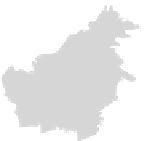






























































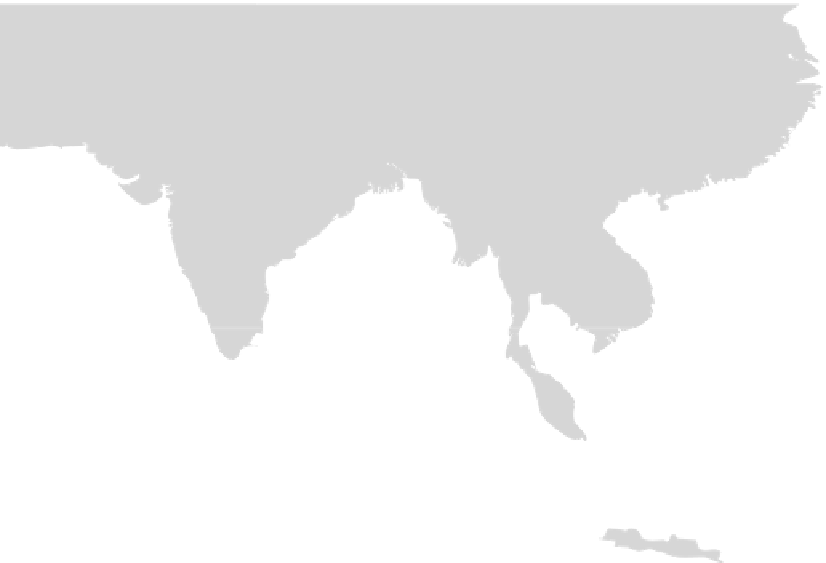
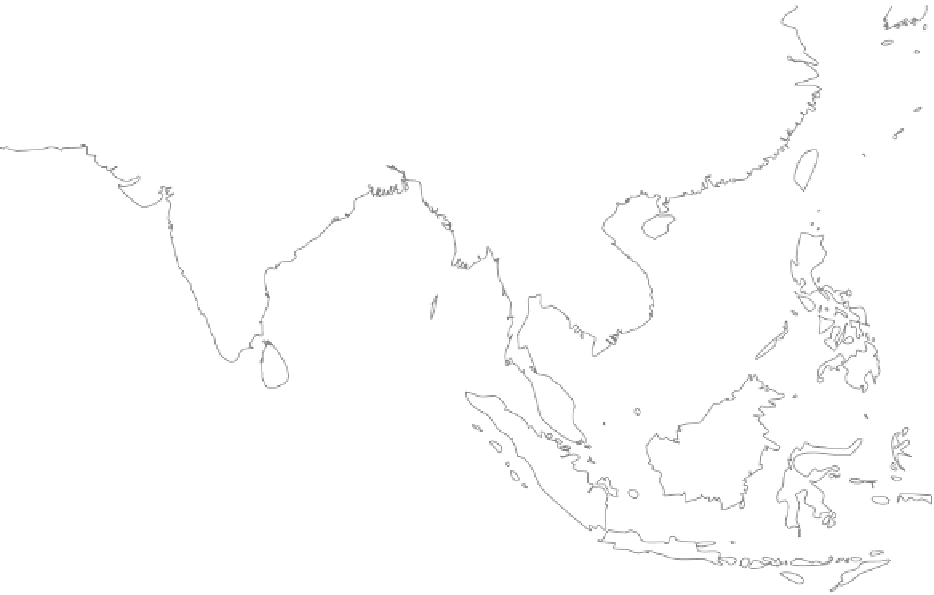







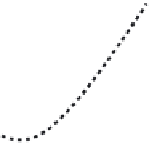





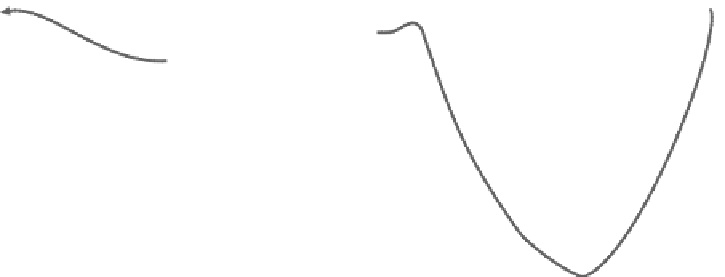

















































Search WWH ::

Custom Search